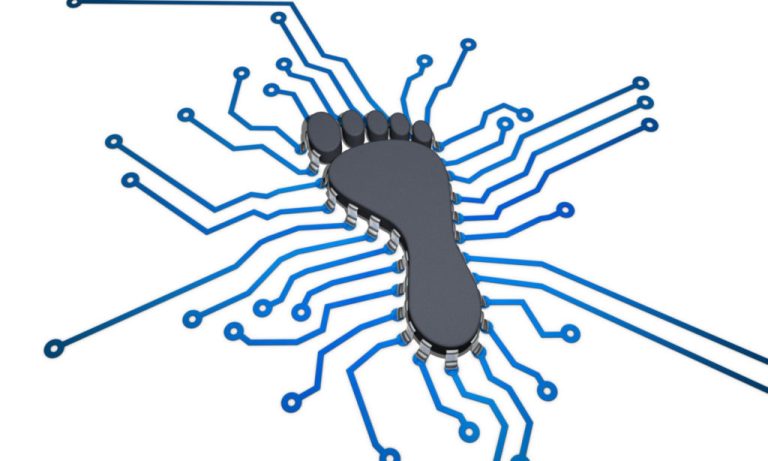Luxury used to mean achievement. Today, it is debt dressed as ambition.
Nowadays, people who cannot afford the lifestyle they want purchase it through loans, EMIs, Buy Now, Purchase Later (BNPL) models, and credit cards, which promise freedom but collect futures as collateral.
It Begins Small
The start is with something small. It might be an out-of-budget phone or a vacation financed through EMIs because everyone is going.
Initially, the decision feels harmless as it comes wrapped in convenience. Instant approvals, zero-percent EMIs, and digital wallets offering rewards and cashbacks that make the buyer feel like they are rewards rather than liabilities.
The Indian fintech industry’s boom has further made getting financing loans easier. But this easy availability comes with hidden risks. The first indicator is that the borrowing always grows faster than the income.
The Urge to Appear Successful
Why do people spend beyond what they earn?
Comparing ourselves to others is common now. People now spend more effort in appearing successful rather than working towards being successful. Social media also rewards display over discipline, which makes even moments of success inadequate unless they have a glow of luxury.
From real estate agents sharing stories of middle-income families purchasing apartments beyond their means to compete with their peers to bankers talking about people taking loans of over ₹20 lacs on a monthly salary of ₹50 thousand just because it shows class, people’s lifestyle is now centered around unwarranted wants rather than warranted needs. The debt is the backstage machinery that keeps this show going.
From Monthly Salary to Monthly Sacrifices
For every decision, there are consequences.
After the EMIs come the payment cycles. And each cycle feels shorter and heavier. People start planning around the EMI payment rather than their own needs. Life moves from living month to month to living paycheck to paycheck.
It was found in a recent study that people spend over one-third of their income towards loan or EMI repayment. This leaves very little flexibility for emergencies, savings or personal well-being. Just like running on a treadmill, on which you keep running but, in the end, stay at the same place, when you live on EMIs, you get the luxury you desire but end up paying more and end up staying in the same, if not poorer, financial condition than before.
Illusionary Progress Propped Up by Debt
The system encourages the debt behavior that it should caution users against.
Banks offer higher card credit limits, even when the users struggle to pay existing ones. BNPL platforms extend the credit even when the customer’s records flash the warning signals. The loan apps offer extensions on the repayments, making it sound as if the individual is getting a lifeline, without warning that additional charges are being applied.
Loan repayment extensions can increase the loan amount from a few thousand to lakhs in value with the hidden charges that the client is usually not aware of. And for paying one loan/credit card payment, people end up taking more loans/credit cards, getting trapped in the never-ending payment cycle.
Slowly, debt becomes the default survival strategy.
Real Cost of Fake Lifestyle
The psychological impact of the debt trap is far greater than the financial impact.
People lose their risk appetite because they need to make sure they are able to maintain the payment cycle. Obligations crush creativity, and people become emotionally distant because they are constantly anxious.
People live luxuriously on the outside but quietly break on the inside.
Recalibrating your Lifestyle
Recognizing that the world of luxury is more of a burden than a pride is the first step towards freedom.
The wearer of luxury knows the actual burden behind the show. Recalibrating lifestyle helps discover that true satisfaction comes from stability rather than a spectacle of luxury.
It is always advised that
- Focus should be on Needs and not Wants
- Expenditure tracking should be done to keep a check on unnecessary expenses.
- Always allocate funds towards an emergency fund before spending.
- Before making a non-essential purchase, take up to 48 hours to consider whether the product is truly necessary and a genuine need, and how it would impact you financially.
- Always give importance to stability over spectacle.
The points above may feel as if they are restrictions, but they actually help you reclaim financial stability.
A Culture Waking Up
People are now opening up and talking about the issue of debt more openly than before. Professionals are now rejecting the race for appearance and focusing on mental health over material display.
People are now focusing on lighter lifestyles rather than luxurious ones.
The debt cycle has an emotional and existential trap, which is far bigger than the financial trap. The path out of the debt cycle starts when people focus on reality rather than an image.
FAQs
Q. Why do people overspend despite knowing the risks?
A. Social comparisons, easy availability of credit, and the desire to appear successful make people ignore financial discipline. People end up prioritizing perception over stability. This leads to debt dictating their choices.
Q. How can someone identify the signs of a debt spiral?
A. Minimum payment reminders, frequent borrowings, delayed bill payments, and using new credit cards to pay off the old ones are the early signs of a debt spiral. Another strong indicator is the financial stress and anxiety, which are the other signals of debt spiral.
Q. Are high credit limits dangerous for middle-income groups
A. High limits create an illusion of affordability. People often treat limits as spending permission rather than risk exposure, which leads to long-term financial strain
Q. How does debt affect mental and emotional health
A. Debt increases stress, reduces sleep quality and impacts confidence. The constant pressure of repayment overshadows personal goals and strains relationships over time.
Q. Can a person escape a severe debt trap without drastic measures
A. Yes, through structured planning. Prioritizing high-interest debt, negotiating with lenders, consolidating loans and temporarily reducing lifestyle costs help regain control without extreme steps.





